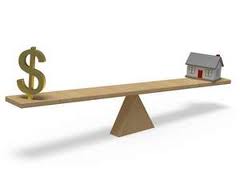Spring brings renewed real estate activity to Minneapolis / St Paul
Spring 2016 has seen a  nice increase in real estate activity in the Twin Cities, MN area, with pending sales rising 12.6% compared to March 2015, and with the median sales price rising to $222,000, a nice 5.7% increase. Buyers signed 5,861 new purchase agreements.
nice increase in real estate activity in the Twin Cities, MN area, with pending sales rising 12.6% compared to March 2015, and with the median sales price rising to $222,000, a nice 5.7% increase. Buyers signed 5,861 new purchase agreements.
Supply on the market remains a concern, area Realtor associations reported Thursday, with new listings rising only 0.5 percent, keeping supply levels at a 13-year low. Compared with last March, inventory levels fell 20.6 percent to 11,893 active properties.
Low inventory levels, at about a 10-year low is causing increased values, and multiple offers over asking price just days on the market for many homes for homes under $250,000. As the home price goes up, it typically take longer for the homes to sell.
Mortgage lenders saw a large jump in mortgage loan pre-approval activity in February, which brings anecdotal evidence that there would be a surge of buyers this spring.


